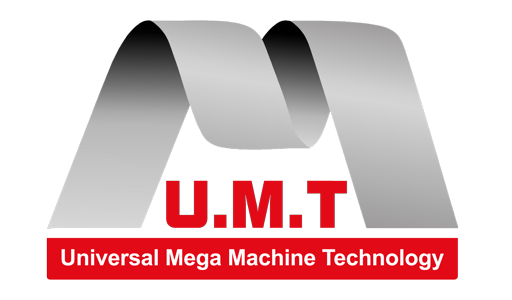Robotic Loading & Unloading for Fiber Laser Cutting
Fiber laser metal cutting machines are advanced systems used in industrial manufacturing to precisely cut various metal materials. They utilize fiber laser technology, which is highly efficient and provides superior cutting quality compared to traditional methods. When integrated with material handling robots, these systems can enhance productivity, reduce labor costs, and improve overall efficiency in manufacturing processes.
Request more information
Fiber Laser Metal Cutting Machine
Fiber laser cutting machines operate by focusing a high-power laser beam through a fiber optic cable. The laser beam is generated by a solid-state laser source and is further amplified within the fiber.
- Hydraulic Press Brakes: Use hydraulic cylinders for bending force.
Electric Press Brakes: Use servo motors for precise control. - Hybrid Press Brakes: Combine hydraulic and electrical systems to improve performance.

Material Handling Robots
Material Handling Robots
Material handling robots play a crucial role in modern manufacturing by automating the loading and unloading processes associated with fiber laser cutting machines. These robots can streamline
operations in various ways
- Automation of Material Movement: Robots can efficiently move raw materials to the cutting machine and transfer finished parts to storage or packing areas, reducing manual labor.
- Increased Production Speed: With the ability to operate continuously and without breaks, robots can maintain an uninterrupted production flow, significantly increasing output rates.
- Enhanced Safety: Automating the handling of heavy and sharp materials lowers the risk of workplace injuries, contributing to a safer working environment.
- Flexible Manufacturing: Robots can be programmed to handle different sizes and types of materials, allowing manufacturers to adapt quickly to varying production demands.
Control systems
The fiber laser is securely mounted and connected to the power supply.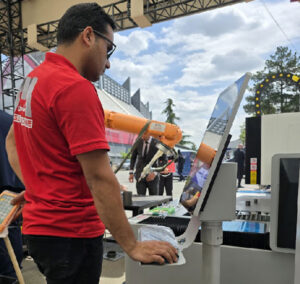
If required, the necessary cooling system is installed.
The robot must be positioned so that it can effectively access the workpiece being processed by the laser.
To prevent accidents, a safe distance is established from the mountings and the installation.
Communication setup:
The communication between the CNC laser and the robotic arm is configured. This may include the use of PLCs, I/O connections or software integration.
Software configuration:
The required software is installed with Mega Machine programming for both the fiber laser and the robot. Using this software, which allows for easy programming and operation, you can test to ensure that they can operate in sync.
Loading and unloading mechanism: The robot may need to be programmed to handle the loading and unloading of materials automatically.
Calibration and testing
Calibration: The laser focus and the robot position are calibrated. Everything must be done precisely so that the laser is properly aligned with the desired cutting path.
Trial Run: We perform trial cuts or engravings on scrap material to fine-tune settings such as speed, power, and feed rate.
Safety Considerations
Protective Equipment: Ensure all operators are wearing appropriate personal protective equipment (PPE).
Important Notes
Safety Protocols: Implement safety measures to protect against laser exposure and mechanical hazards. This includes emergency stops and appropriate safety signage.
Training and Operations
Operator Training: We train operators on the new system, focusing on the operating characteristics of the CNC fiber laser and robotic system performed by Mega Machine.
Maintenance Schedule: Establish a maintenance routine for the laser and robot to ensure long-term performance and safety.
All settings and configurations used during setup are documented for future reference.
Operating instructions and troubleshooting guides are maintained on an integrated basis.
Keep software and operating systems up to date for both systems to improve performance and security.
Request more information
Add Your Heading Text Here
Automotive Industry Applications
🗸 Description: In the automotive sector, fiber lasers are used for cutting, welding, and marking various components.
🗸 Robot Role: Robotic systems streamline the manufacturing process, enhance production rates, and ensure high precision in assembly lines.
🗸 Medical Device Manufacturing Description: Fiber lasers are utilized for cutting and engraving intricate designs in the production of medical devices and implants.
🗸 Robot Role: Robots facilitate the handling of delicate components, allowing for precise processing without human error.
🗸 Industrial Automation Description: The integration of fiber lasers with robots is a key element in automated production lines for various industries, including electronics and packaging.
🗸 Robot Role: Robots manage material flow and laser operations, optimizing production efficiency and reducing labor costs.
🗸 Artistic Applications Description: Artists and designers utilize fiber lasers for creating intricate designs and artworks in a wide range of materials.
🗸 Robot Role: Robots enable unique movements and angles that enhance the artistic capabilities of the laser, allowing for complex and detailed patterns.
Advantages of Using Fiber Lasers with Robots
🗸 High Precision: Both technologies enable incredibly accurate processes, resulting in high-quality outputs.
Increased Productivity: Automation reduces cycle times, allowing for higher production rates.
🗸 Flexibility: Robotic systems can be reprogrammed for different tasks or products, making them versatile in manufacturing environments.
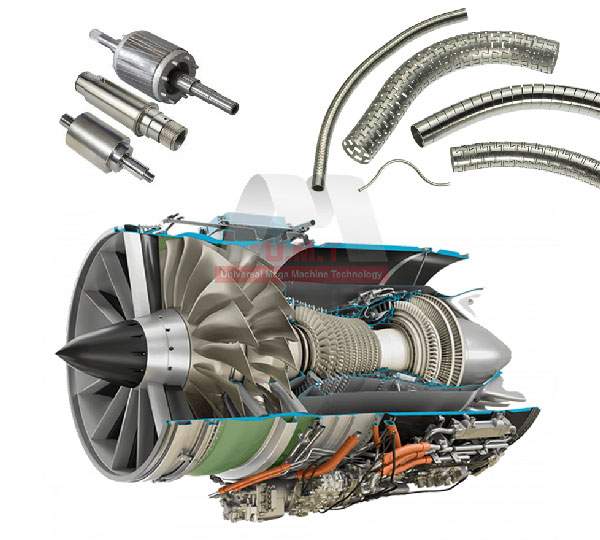
Benefits
- High Efficiency: Fiber lasers convert electrical energy into laser energy more efficiently than traditional CO2 lasers, resulting in lower operational costs.
- Precision Cutting: The laser beam is incredibly focused, allowing for intricate cuts and designs to be achieved with high precision.
- Versatility: They can cut various types of metals, including stainless steel, carbon steel, aluminum, and brass, and can handle different thicknesses.
- Minimal Heat Affected Zone (HAZ): Fiber lasers create less heat than traditional cutting methods, minimizing the thermal distortion of the workpiece.
Conclusion
The combination of fiber laser metal cutting machines and material handling robots represents a significant advancement in manufacturing technologies. This integration not only boosts productivity and efficiency but also enhances safety and reduces operational costs.
Pairing a Fiber Laser machine with a robot can increase the speed of operation and accuracy of work and is very effective in heavy industries that require high orders with timely timing. Because robots can work 24 hours at a lower cost and prepare your orders on time and accurately. For this, you only need a specialist to set up and monitor the work and have continuous contact with the product vendors as a backup to help you in case of disruption or failure. Mega Machine provides support and services for these devices in addition to the necessary training for the specialist.
Future Prospects
As technology progresses, we can expect even more sophisticated integration of artificial intelligence (AI) and machine learning in controlling both fiber laser cutting machines and handling robots. This evolution will likely lead to greater automation, predictive maintenance, increased customization, and further enhancements in manufacturing efficiency.

Get The Catalog
Download the complete catalog of the Fiber Laser Cutting Machine with Robotic Loading & Unloading — discover all models, technical specifications, and automation options in one comprehensive file.
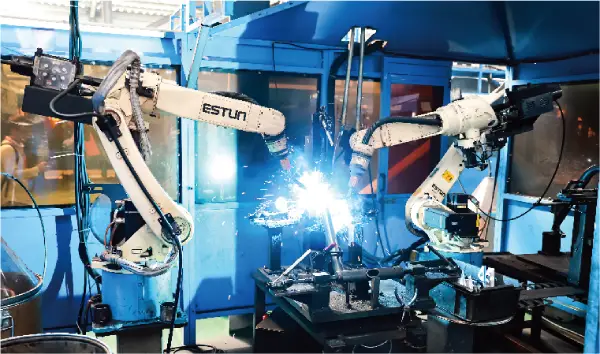
Welding and Cutting Robot
Metal welding and cutting robot Introduction Overview Features Applications Software Introduction Robotic 3D Laser Cutting

panel benders
panel benders and Robotic System Panel bending machine with robot and set upThe panel bender is a
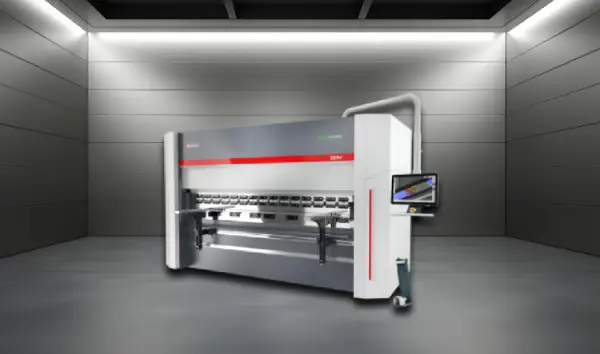
PRESS BRAKE MACHINE
Revolutionize Your Bending Process Robotic Press Brake Solutions Discover how robotic integration can reshape your

